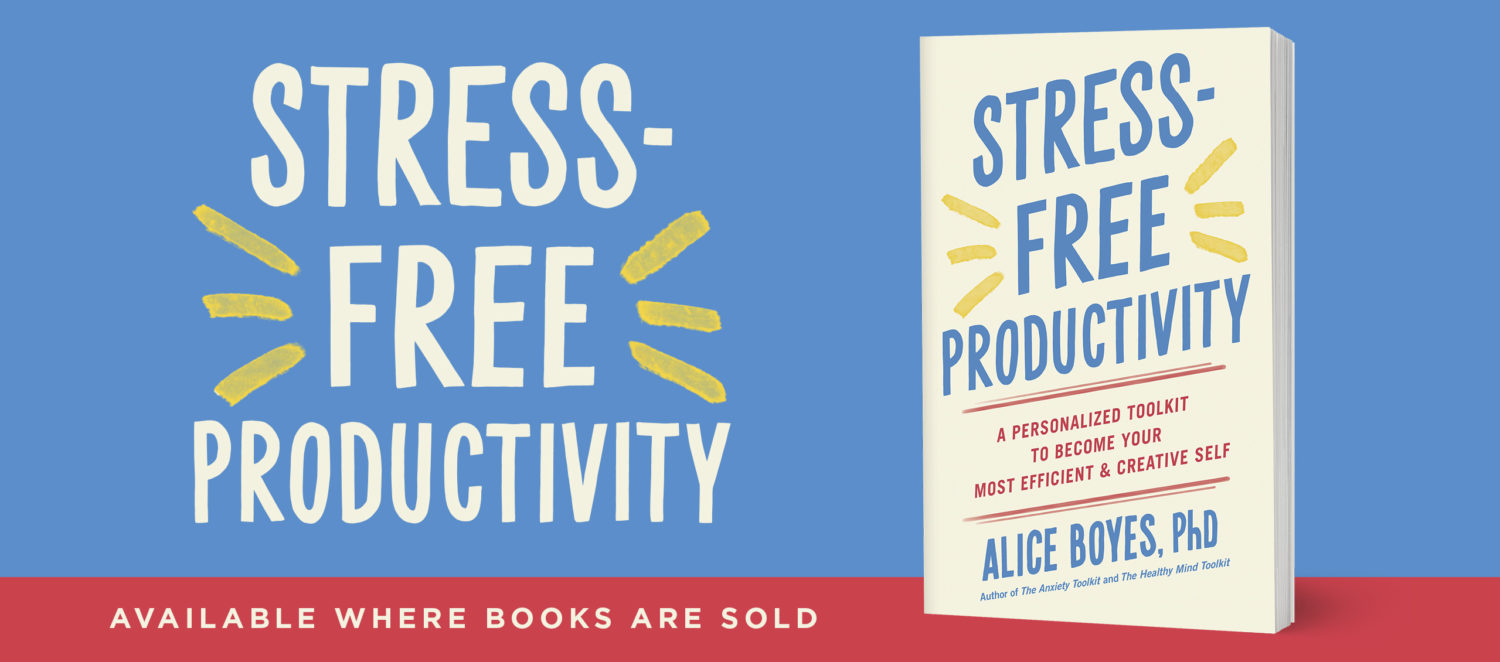2 Different Ways of Improving Your Mood
One way to think of mood is as a spiral of
your thoughts/emotions > your behaviour > results/other people’s reactions > your thoughts/emotions > and so on…
The good news is that there is an upward spiral, meaning that if you climb aboard the upward spiral (and you can!), the spiral will help pull you up. The bad is that there is a corresponding downward spiral that pulls people into worsening problems/distress and can be hard to get off of.
The Upward Spiral
When people’s thoughts and feelings are moderately positive they tend to do mood enhancing behaviour:
They’re more likely to be
– open rather than defensive
– behaviourally flexible (choose their behaviour based on what’s likely to have the best outcome in a specific situation, and act based on reality rather than untested assumptions)
– up for taking on moderate challenges
– interested in other people
– creative (sometimes)
– generous without being overly self sacrificing
– trusting
– express positive thoughts
The Downward Spiral
When people’s thoughts and feelings are negative, they tend to do mood negative behaviour.
They’re more likely to
– withdraw from people
– withdraw from challenges or get perfectionistic or hung up about things that don’t matter and lose sight of the big picture
– behave irritability leading other people to withdraw from them
– get defensive
– act based on their current emotions and/or thoughts that are distorted from reality, rather than what’s likely to work best in the specific situation they’re in
– spend their time and energy managing their thoughts and feelings rather than living their life
– complain and moan
– act passively/blame others rather than take self responsibility
Can you see how the upward spiral actions are more likely to lead to good outcomes, and how the downward spiral actions can lead to negative thoughts becoming self-fulfilling prophecies?
What You Can Do to Get Yourself On the Upward Spiral
As I’ve written previously, there are two types of experiences that contribute to positive mood: 1) experiences that provide pleasure, and 2) experiences that provide a sense of accomplishment/mastery.
Some experiences provide both pleasure and a sense of accomplishment. Try to think of pleasure on a 0-10 scale rather than thinking of experiences in dichotomous categories of either pleasurable or not. Same for sense of accomplishment/mastery. For example, cleaning up your kitchen bench when you had a week’s worth of dishes accumulated might give you a 6-7/10 sense of accomplishment.
You can improve your mood by doing more of the types of experiences that are likely to provide pleasure and/or sense of accomplishment/mastery.
Hint: planning one thing a day you’ll look forward to is a good start.
Here’s another way
You can make more of “a moment” out of things you already experience.
My most intensely pleasurable moment of the last week.
– my newborn nephew grabbing hold of me with his little fists while I was carrying him
Some more random pleasurable moments (some more mild, and some more intense).
– binge watching old seasons of Top Chef snuggled under a duvet on my sofa
– finding the book I was searching for at the library sitting on the shelf waiting for me.
– lying outside in the sun
– getting my butt out of bed at 11:40am last Saturday and still making it to the farmers market before it closed at 12. I felt grateful for how close to it I live.
As you can see, these are the kinds of moments that can just pass you by if you don’t “make a moment”. Also remember that improving your mood is a matter of climbing aboard the upward spiral.




